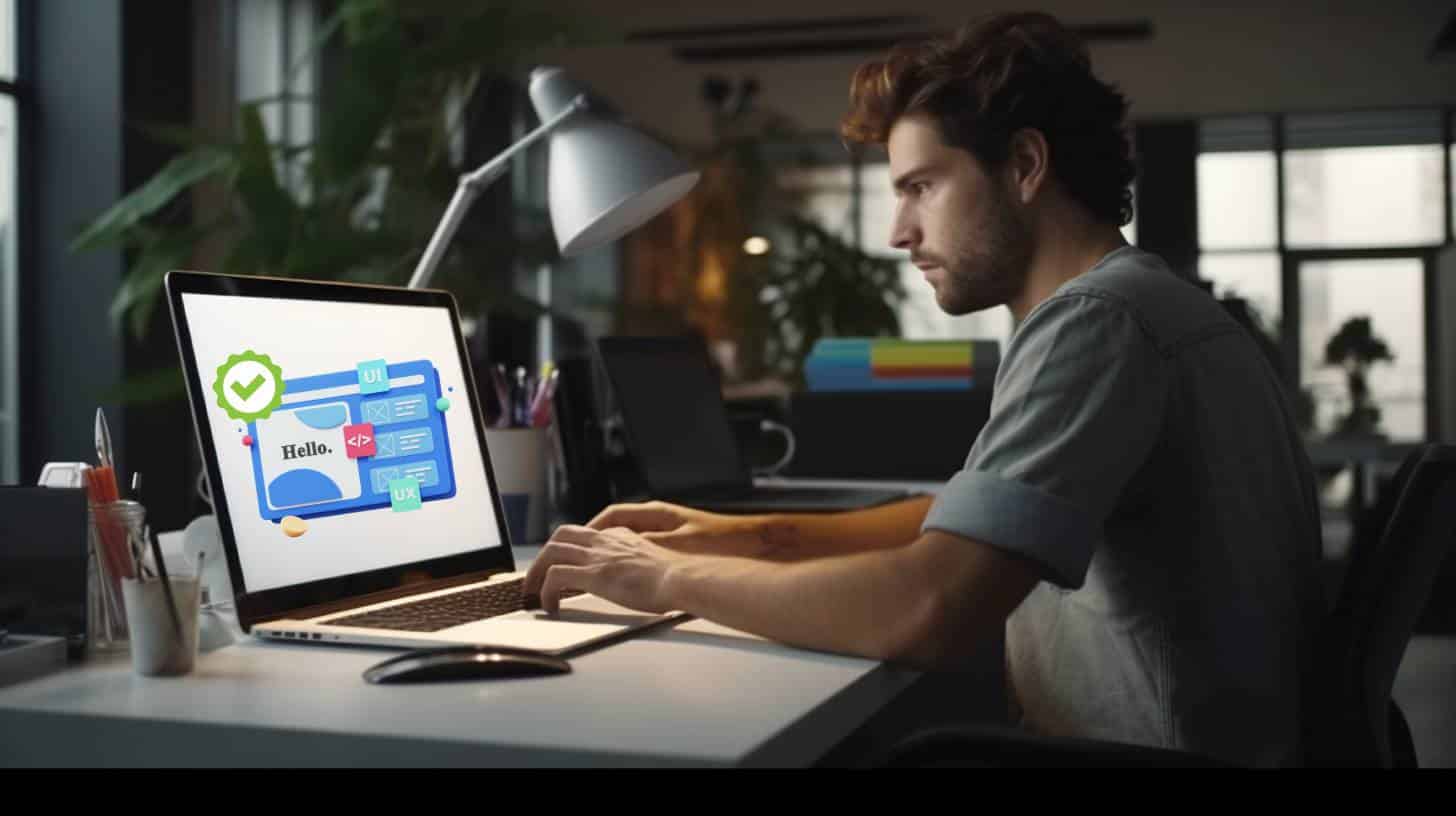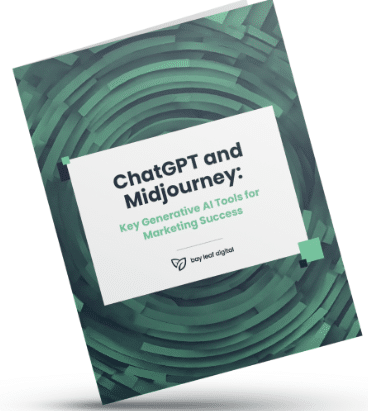Landing pages are a critical tool for any B2B SaaS marketer seeking to turn online visitors into potential customers. By focusing on delivering concise, relevant content and presenting a clear call to action (CTA) that encourages engagement, SaaS landing pages maximize the effectiveness of digital marketing campaigns, driving leads and facilitating the buyer’s journey in a competitive digital environment.
Unfortunately for marketers, the odds of success are not in your favor. Consider some cross-industry statistics:
| Traffic Source | Average Conversion Rate |
| Organic | 16% |
| Google Ads | 3.8% |
| PPC | 2.5% |
| Social Media | 0.7% |
Success rates are even lower for anyone working in SaaS. One recent report puts the average conversion rate for SaaS at 9.5%, with a form fill rate of only 2.4%. Combined with an average time on page of only 35s, that leaves B2B SaaS marketers scrambling to attract and engage website visitors. To drive conversions, you’ve got to know how to create and present landing pages that will convert leads into users.
| “Landing pages seek to provide the right information succinctly and remove any unwanted distractions so that the likelihood of website visitors taking the desired action is increased.” |
Best Practices for Creating Successful B2B SaaS Landing Pages
Bay Leaf Digital is here with 12 expert tips to help improve your landing pages. Try them and watch conversion rates go up.
1. Make Landing Pages Part of an End-to-End Experience
Align the copy on your landing page with the messages or ads leading visitors there and ensure that on-page copy re-emphasizes and validates the expectations set by your ads or the link source. This consistency reinforces your message and facilitates a smooth transition for your audience. Trust and interest are maintained, both essential for converting B2B SaaS prospects into leads and leads into customers.
2. Write a Clear and Compelling Headline
An effective headline grabs attention and sets the stage for the entire landing page, clarifying the relevance and benefits of your offer in mere moments. Craft a headline that succinctly articulates your unique value proposition, staying true to your brand’s voice and directly addressing the needs and aspirations of your target personas. This headline should capture your ideal customers’ attention by clearly stating what sets your SaaS solution apart.
3. Craft Concise and Persuasive Copy
Emphasize the benefits of your SaaS product, not just its features, when writing landing page copy. Leverage relevant statistics and user testimonials to validate its effectiveness. Incorporate keywords strategically to improve your search engine ranking. This approach ensures that your message resonates with your audience, demonstrating the real-world value of your solution, and helps your page to be more easily found by potential customers looking for solutions like yours.
Check out the straight-to-the-point copy, supported by stats and lighthearted emojis on the landing page for Bay Leaf Digital’s eBook, Leverage ChatGPT and Midjourney for B2B SaaS Marketing Success.
4. Inspire with a Great CTA
Your call to action (CTA) should be unmistakable and enticing, carefully considering its placement and design on the page. A well-designed CTA stands out visually and aligns with the landing page’s message, compelling visitors to take the next step. Whether it’s to sign up, learn more, or start a free trial, make sure your CTA is direct and motivates your audience to act immediately. Leverage personalization here, too. Hubspot reports that personalized calls to action perform 202% more effectively than their generic counterparts.
5. Complement Copy with High-Quality Visuals
Enhance your landing page by incorporating relevant and captivating images or videos. These visuals should support the copy, making the overall message more engaging and easier to understand. Attractive visuals break up text-heavy content on SaaS landing pages and quickly illustrate the benefits of your product. This clarifies your value proposition and increases its appeal to potential customers.
6. Take Advantage of Personalization
McKinsey has found that 76% of consumers are frustrated when a brand fails to provide a personalized experience. Personalization makes SaaS landing page content more directly applicable to each visitor’s needs and preferences. Landing pages can be personalized through methods like dynamic content, which changes based on the visitor’s past interactions, location, or specific interests. Clever marketers use visitor data to tailor headlines, text, and CTAs.
7. Optimize Your Form
Increase conversion rates by streamlining your form and limiting the number of fields. Ask only for essential information. Consider the form’s layout to make it user-friendly and visually appealing. Use engaging language for form titles and submission buttons, avoiding generic terms like “submit” to increase click-through rates. Implementing multi-step forms with progress indicators can also make longer forms feel less daunting, encouraging users to complete them.
8. Leverage Social Proof
Social proof strengthens your landing page by building trust and credibility. Showcase testimonials, SaaS case studies, and logos from recognized clients to tell prospective customers that reputable entities trust your product and your company. Spotlight benefits with authentic testimonials and illustrate your solution’s impact with success stats that include tangible outcomes.
Note how the landing page for our Ultimate Guide for Content Marketing for SaaS includes both a credible industry stat and a certification badge to demonstrate our expertise.
9. Speed Up Loading Time
Swift loading time is a necessity when you’ve got less than one minute to make your case. A faster page keeps visitors focused on your message and product, rather than waiting for content to appear. To enhance the speed of your SaaS landing pages, compress images (without sacrificing quality) and streamline your scripts to eliminate unnecessary code. Both steps significantly reduce loading times and improve user experience. They also have the potential to boost your SEO ranking.
10. Don’t Forget Mobile Users
Up to 70% of all internet usage takes place on mobile devices. If you’re not optimizing your landing pages for these users, you’re missing out on opportunities to covert. Your landing pages must be responsive, adjusting seamlessly to different screen sizes and orientations. Simplify navigation to make it touch-friendly. Make text easily readable without zooming. Consider the loading speed on mobile devices; optimized images and scripts that load quickly on desktop should be equally efficient on mobile.
11. Conduct A/B Testing
A/B testing is an essential strategy for fine-tuning SaaS landing pages to perfection. Create two versions of your landing page (A and B) with one key difference between them. Try testing alternatives including:
- Changed headlines
- Content revisions
- Different calls-to-action
- Varied content layouts or color schemes.
By directing a portion of your traffic to each version, you can gather data on user behavior and preferences. Tools like Google Analytics can help you track conversion rates, bounce rates, and other important metrics for each variant. The insights you’ll gain from A/B testing will lead to data-driven decisions, enhancing your landing page’s effectiveness in real-time.
12. Monitor and Adjust
The final step in optimizing your SaaS landing page is not a one-time task but an ongoing commitment to monitoring performance and making necessary adjustments. Regularly tracking key metrics such as visits, bounce rate, and conversions gives you a clear picture of your landing page’s effectiveness. Here’s how:
- Set Clear Goals: Define what success looks like for your landing page. Is it sign-ups, demo requests, or another action? Knowing this will guide your optimization efforts.
- Use the Right Tools: Leverage analytics tools like Google Analytics to track performance. These platforms offer insights into user behavior, traffic sources, and conversion paths.
- Understand Your Data: Analyzing the data helps identify patterns or areas of improvement. For example, a high bounce rate might indicate unclear messaging or slow loading times.
- Test and Learn: Use the insights from your data to test changes to your landing page. This could involve adjusting your call-to-action, changing the page layout, or experimenting with different headlines.
- Be Ready to Pivot: Flexibility is key. If something isn’t working, be prepared to pivot your strategy. This might mean overhauling your approach or making minor tweaks to refine your page’s performance.
The Power of Well-Crafted SaaS Landing Pages

From the moment users land on your page, every element must work together to make a great first impression that informs, engages, and encourages action. Offer clear messaging and exciting images, leverage social proof, and optimize your pages, then continuously test and adjust based on performance data. Applying these best practices drives B2B SaaS marketing success by creating SaaS landing pages that resonate with your target audience, provide value, and differentiate your product in a crowded market.
If you’re looking to elevate your landing pages, we’re here to help. Our team specializes in crafting landing pages that look great and perform exceptionally to make sure that you achieve your marketing objectives. Contact us today.





